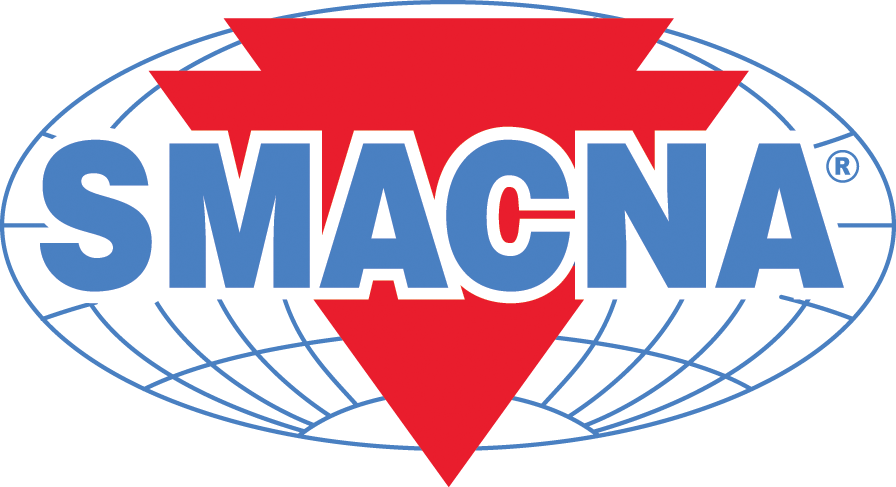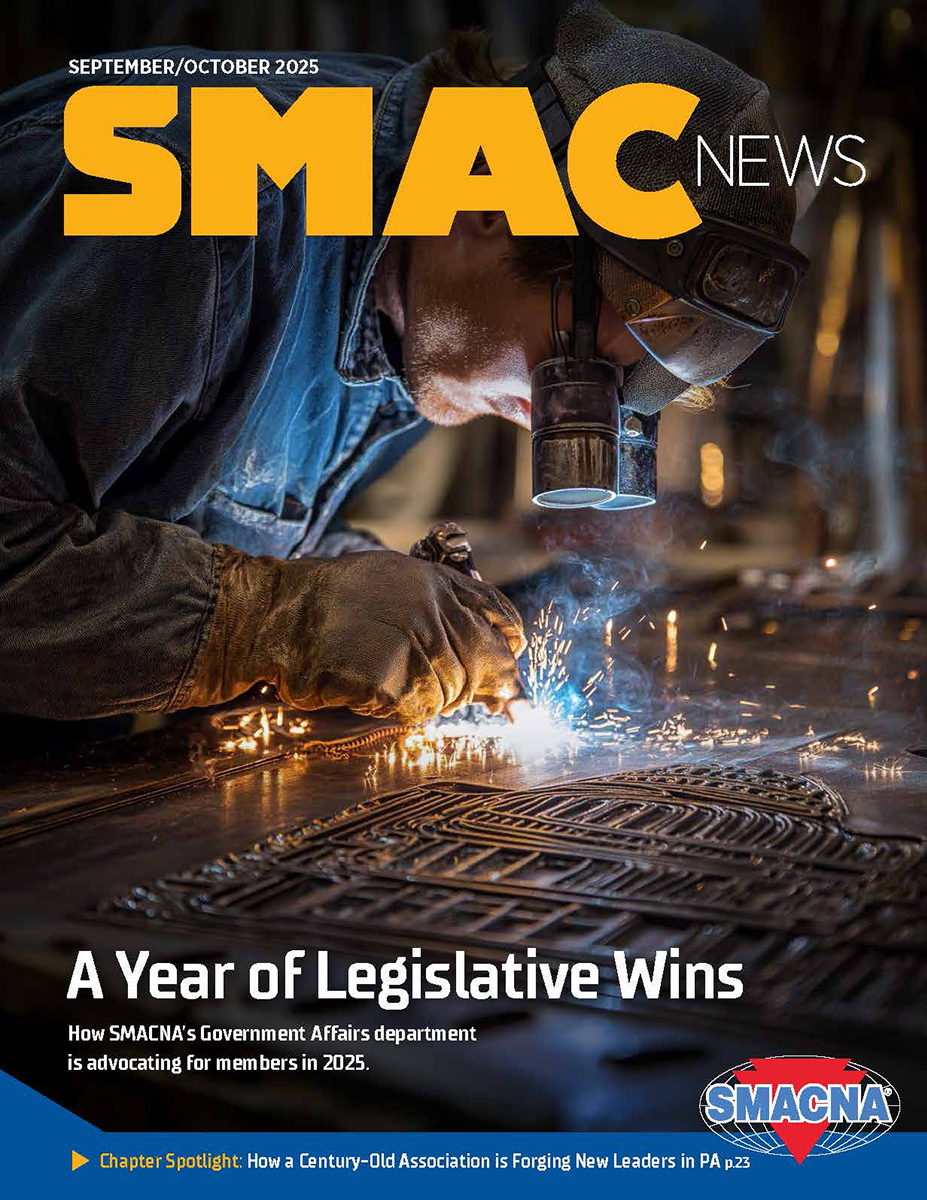Chapter Spotlight: PHILADELPHIA - How a Century-Old Association is Forging New Leaders
SMCA is cultivating young leadership, strengthening labor ties and expanding educational programs to keep Philadelphia’s sheet metal industry strong, sustainable and future-ready.
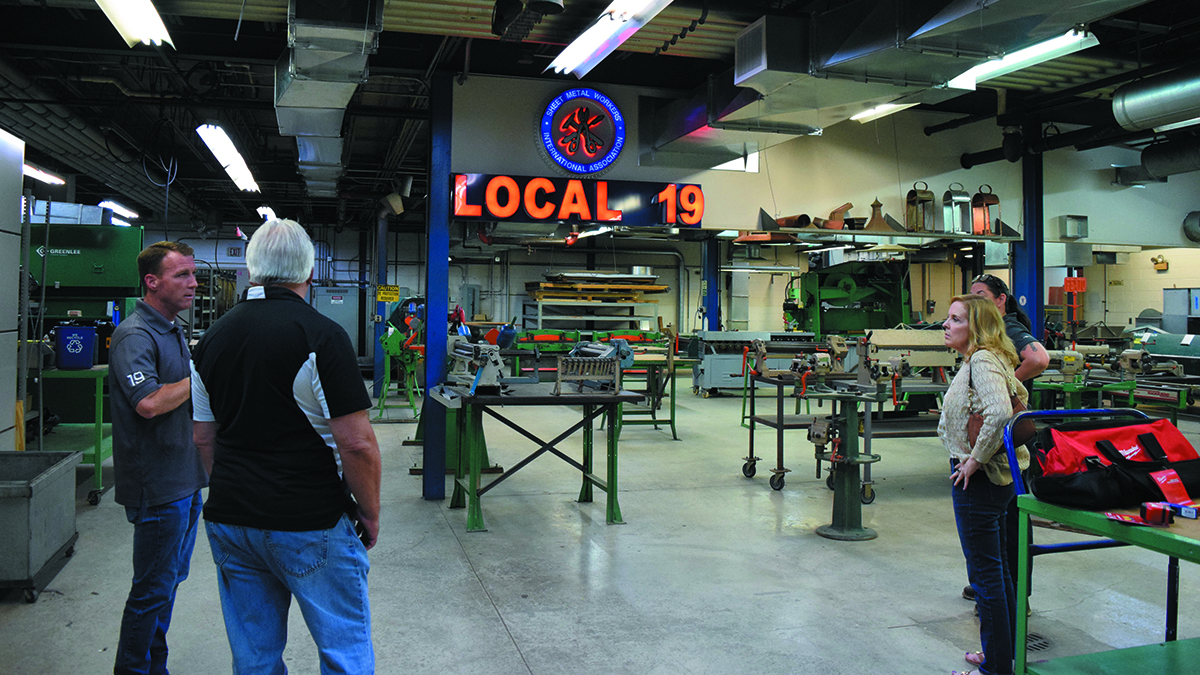 When people think about leadership in the trades, they often imagine seasoned professionals with decades of experience under their belts. At the Sheet Metal Contractors Association of Philadelphia & Vicinity (SMCA), those leaders are still very much present, but what’s equally exciting is who’s sitting beside them: a new generation of younger leaders, eager to learn, contribute and carry the industry forward.
When people think about leadership in the trades, they often imagine seasoned professionals with decades of experience under their belts. At the Sheet Metal Contractors Association of Philadelphia & Vicinity (SMCA), those leaders are still very much present, but what’s equally exciting is who’s sitting beside them: a new generation of younger leaders, eager to learn, contribute and carry the industry forward.
“Growing younger leaders isn’t just something we talk about, it’s something we’re actively doing,” says Peter Jenkins, Executive Director of SMCA. “We have a wealth of knowledge on our Board, but we’re preparing for inevitable retirements. That means identifying individuals who can step in, giving them responsibility and ensuring they understand not just their own companies, but the association and industry as a whole.”
This intentional focus on cultivating leadership is part of what makes SMCA’s story both historical and forward-looking. This legacy organization, founded more than a century ago, continues to evolve to meet the needs of contractors, workers and the broader community.
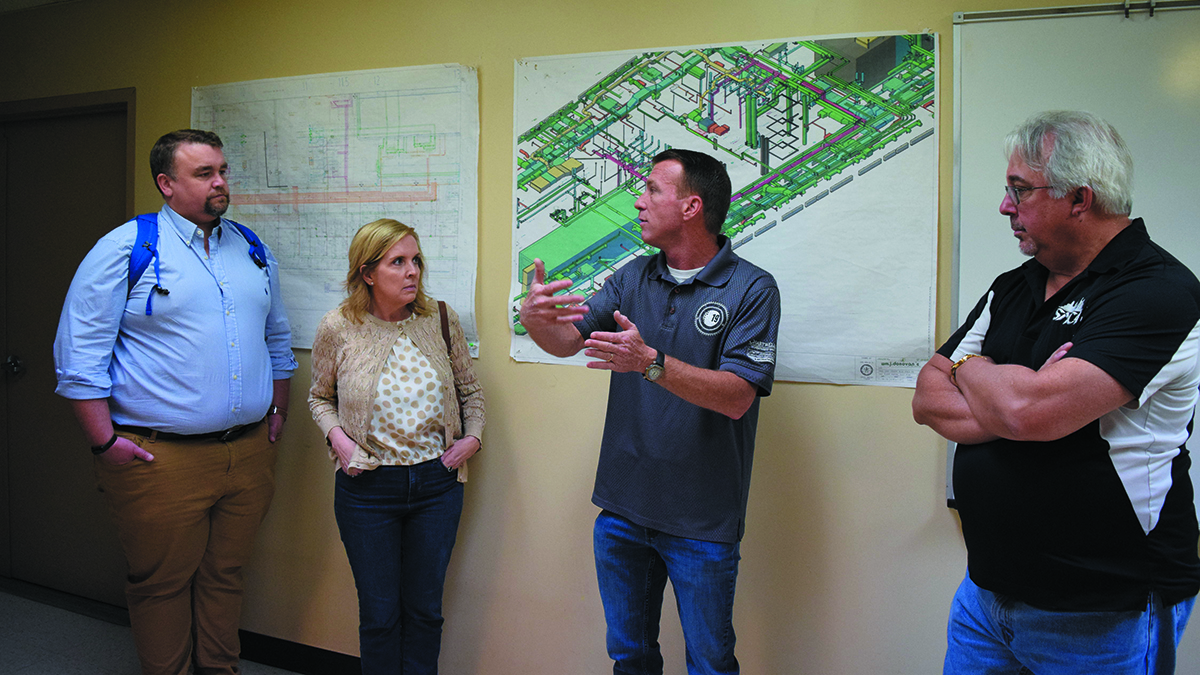 | 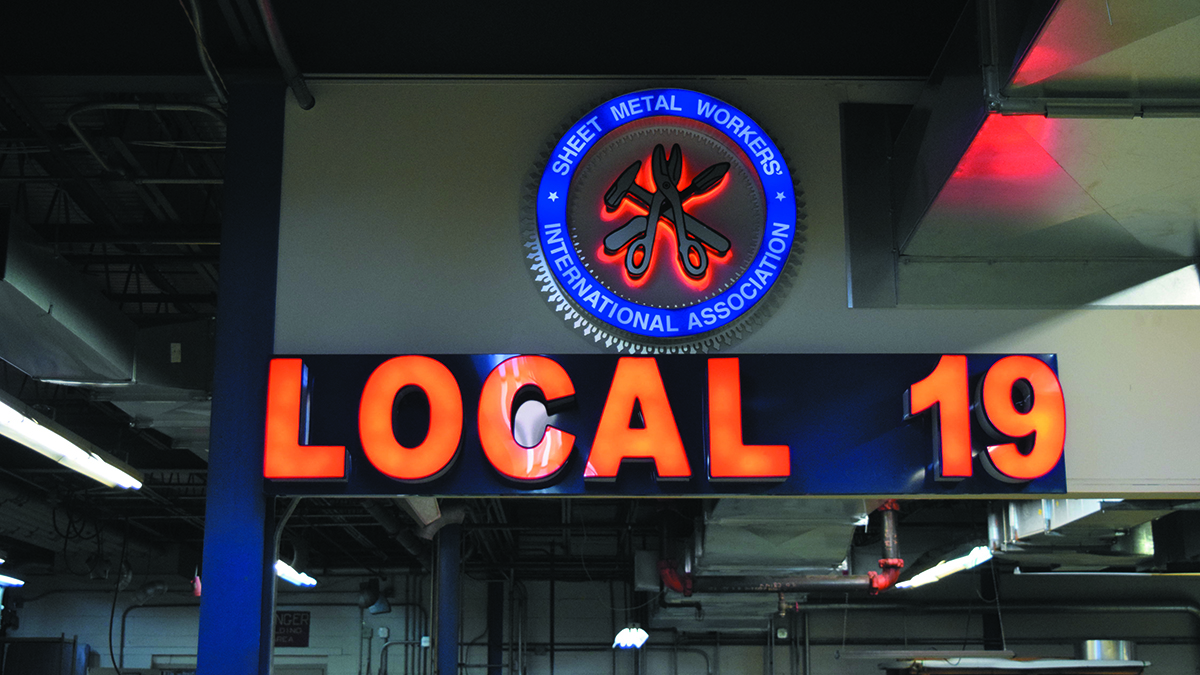 |
A CENTURY OF COLLABORATIONSMCA’s roots stretch back to Nov. 24, 1919, when six contractors — Thomas Gassner, Victor Clemence, John Call, William Donovan, Walter Tinney and J. Scott — recognized that cooperation among sheet metal contractors was essential to bringing order to the construction industry. The founding charter, which still hangs in the association’s office today, set a clear tone: the group was created to “foster, protect and promote the welfare and interests of those engaged in Roofing and Sheet Metal Work” while ensuring harmony in relationships between employers, employees, and others.
For decades, SMCA operated as the Roofing and Sheet Metal Contractors Association of Philadelphia & Vicinity until roofers branched off to form their own group in 1990. What remained was a strong and highly specialized community of sheet metal contractors committed to quality, safety and mutual success.
TACKLING TODAY’S CHALLENGES
Like any association, SMCA faces its share of challenges, three of which are pressing:
- Strengthening its labor-management relationship with Local 19.
- Identifying and preparing future leaders.
- Expanding educational offerings for contractors and their employees.
The first challenge is a familiar one in Philadelphia, where the labor-management relationship has historically been complicated. But SMCA is making progress. “We’re trying to communicate more often with union leadership and find areas where we can work cooperatively,” Jenkins explains. Recent successes include negotiating a new collective bargaining agreement that adds a pre-apprentice classification and investing in upgrades to the Training Center’s TAB lab. “We’re starting to build momentum,” he says. “There’s mutual interest in moving the industry forward.”
SMCA also recently launched an Education Credit Program that reimburses contractors for the costs of sending employees, including administrative and non-bargaining staff, for training. Safety is a major focus, too, with Greg Wharton, SMCA’s Safety and Education Program lead, delivering on-site training to ensure compliance with OSHA requirements and best practices.
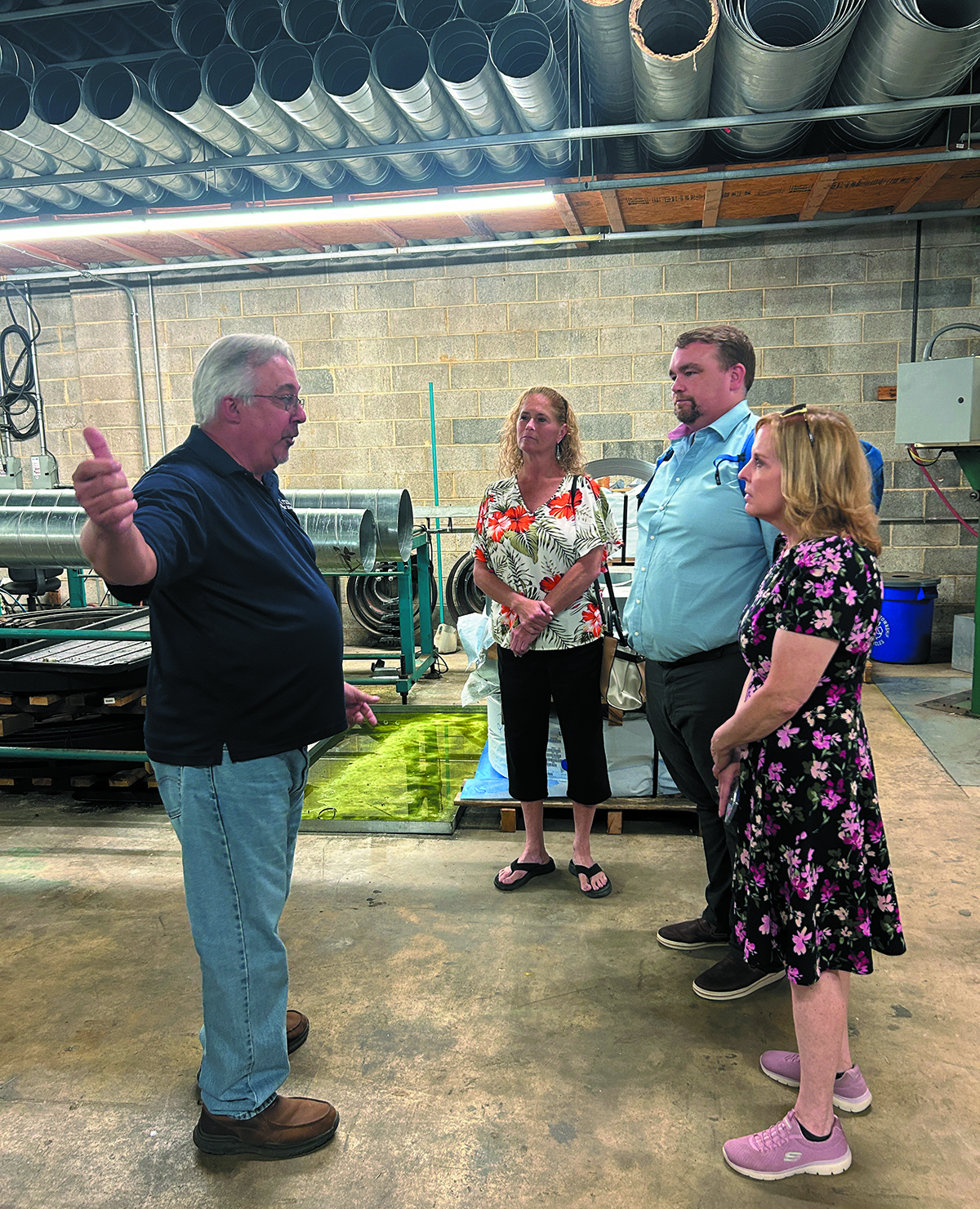 | 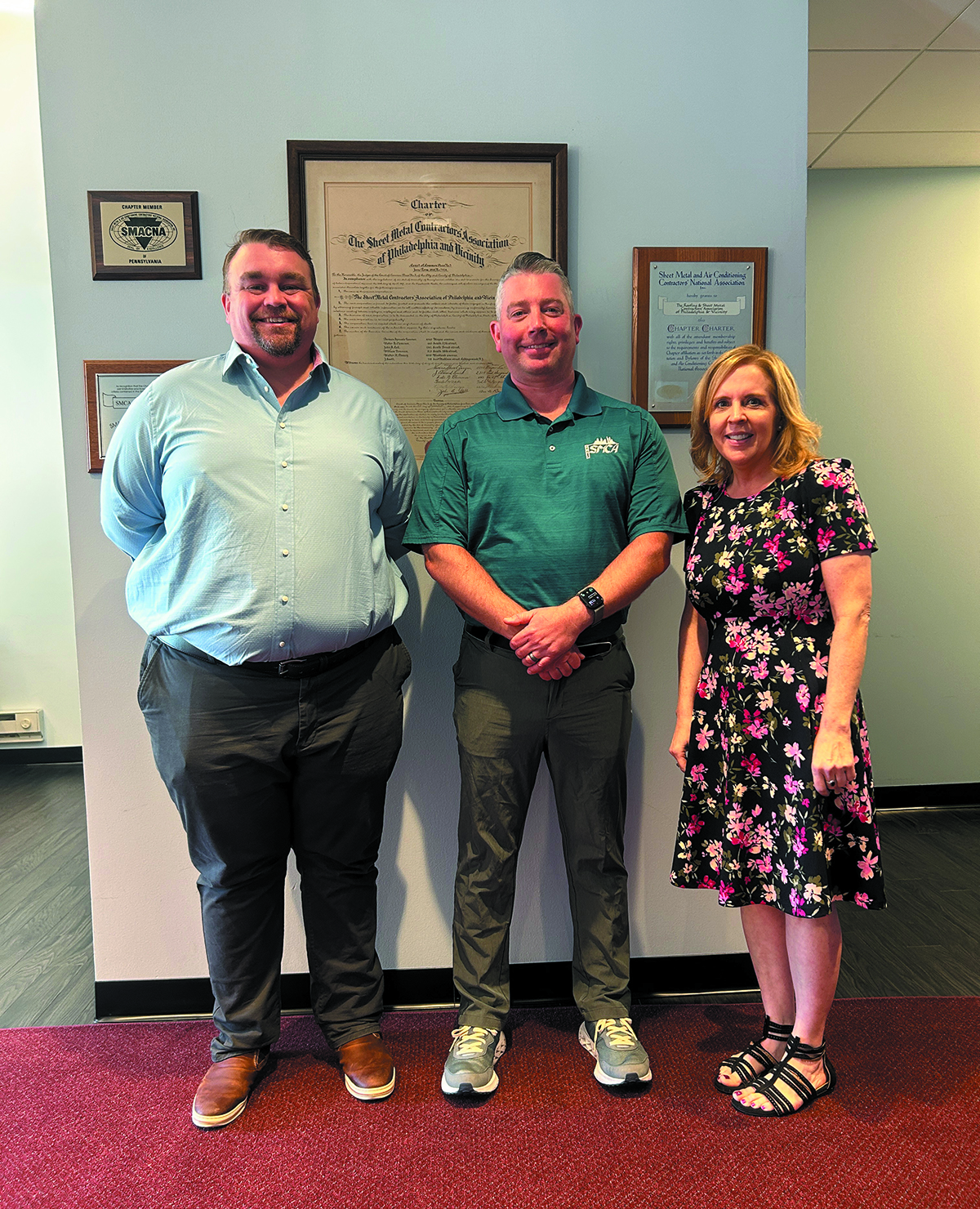 | 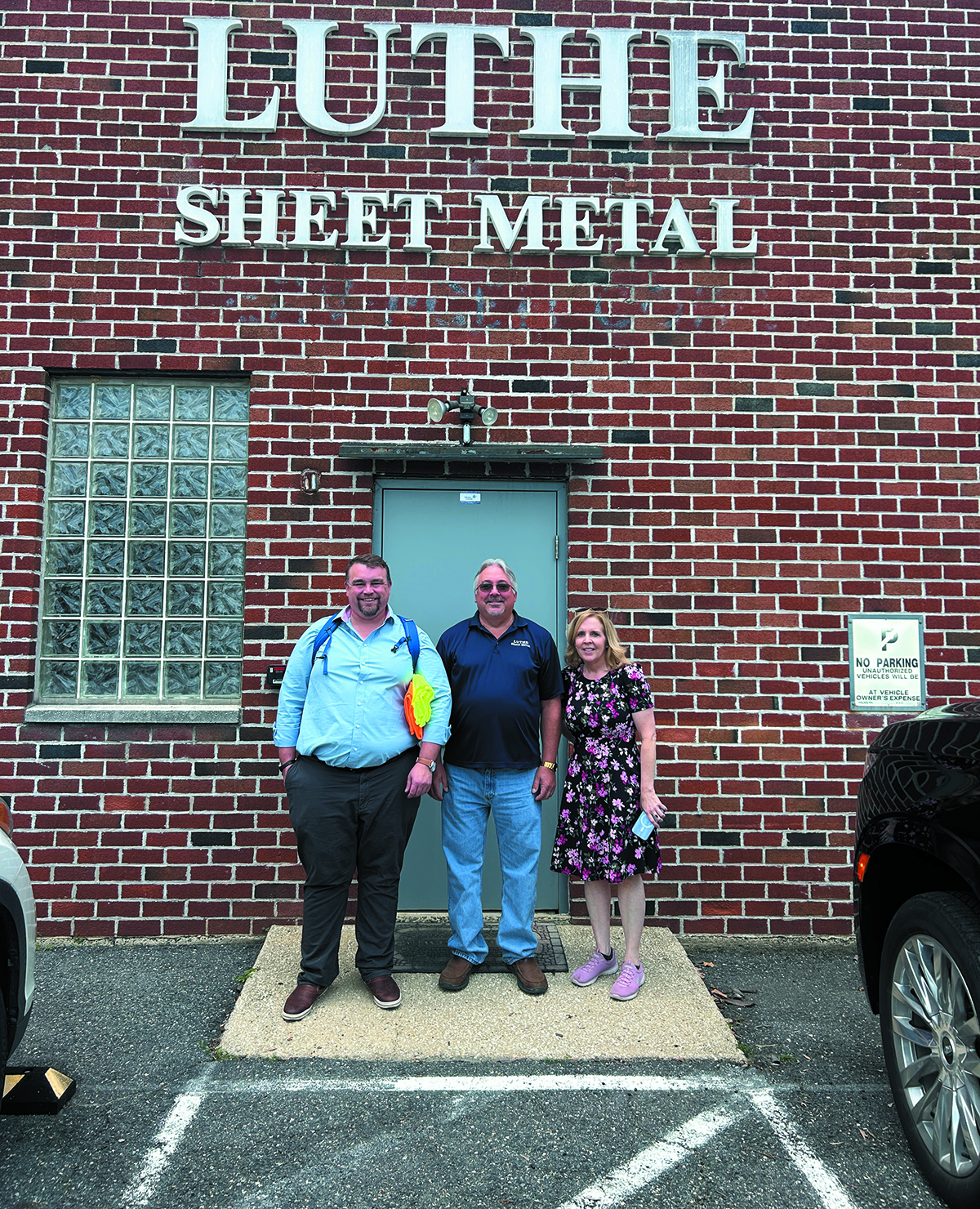 |
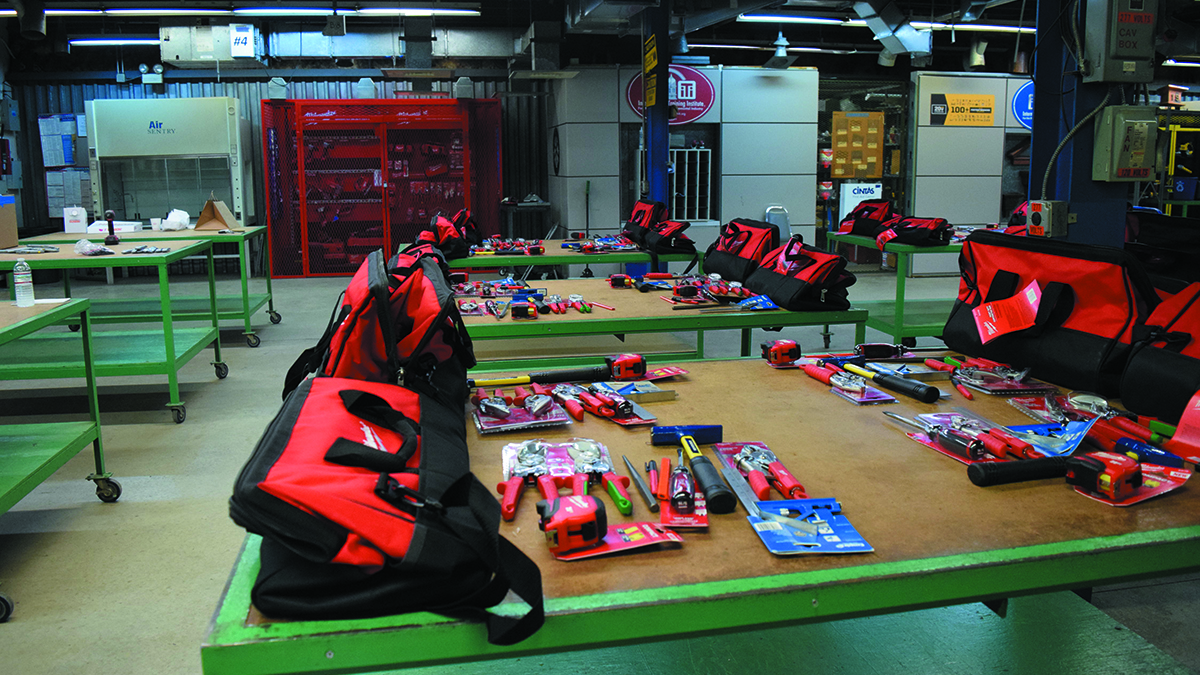 | 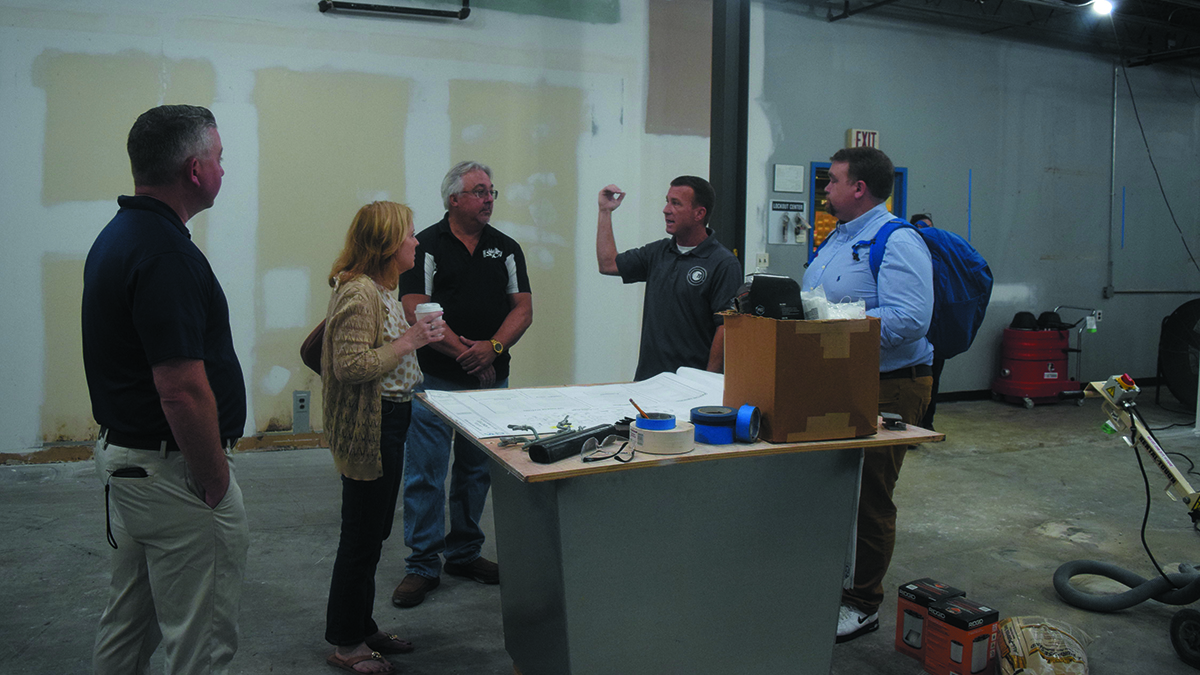 | 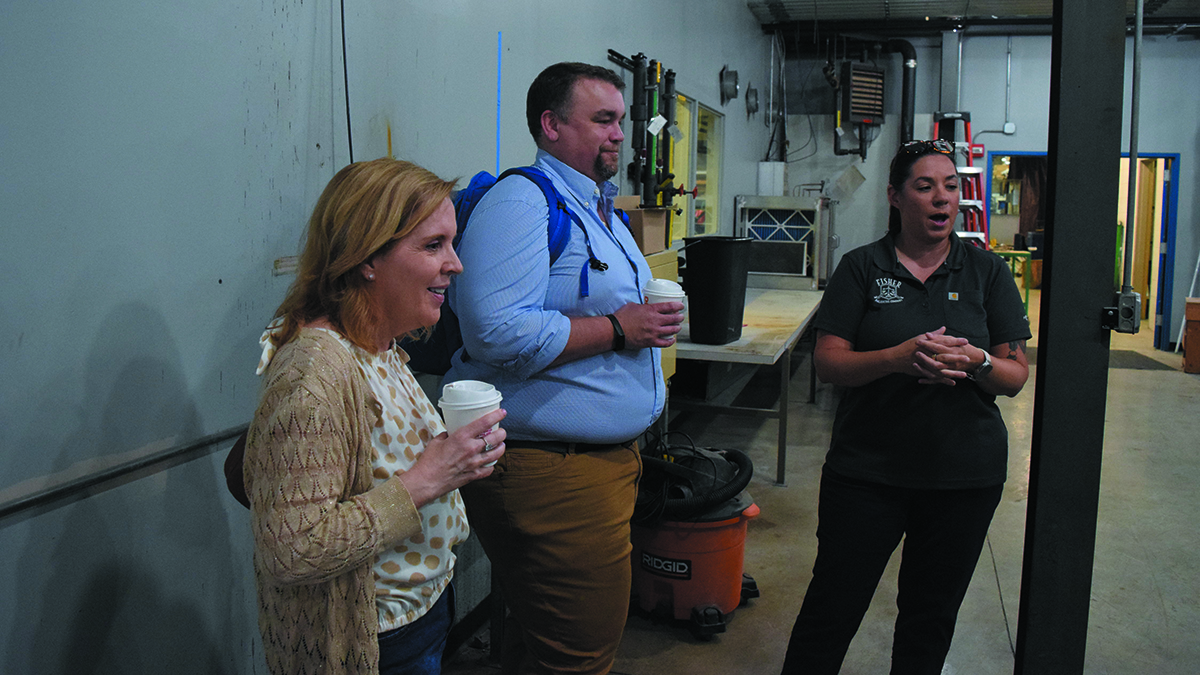 |
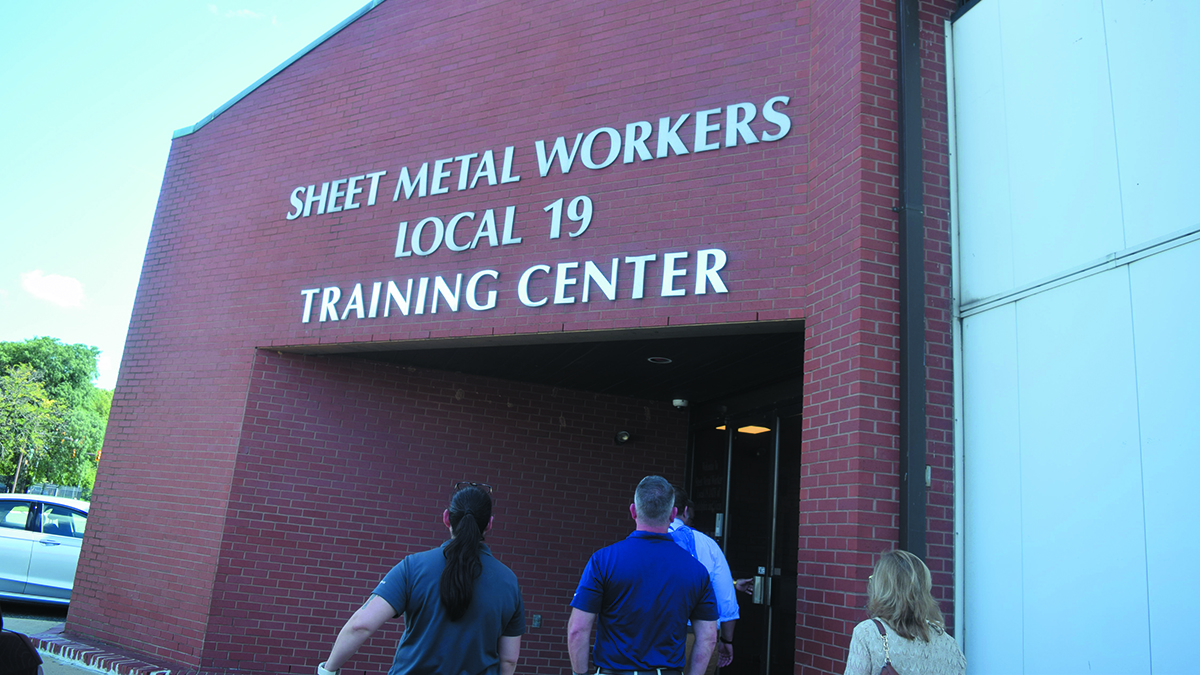 | 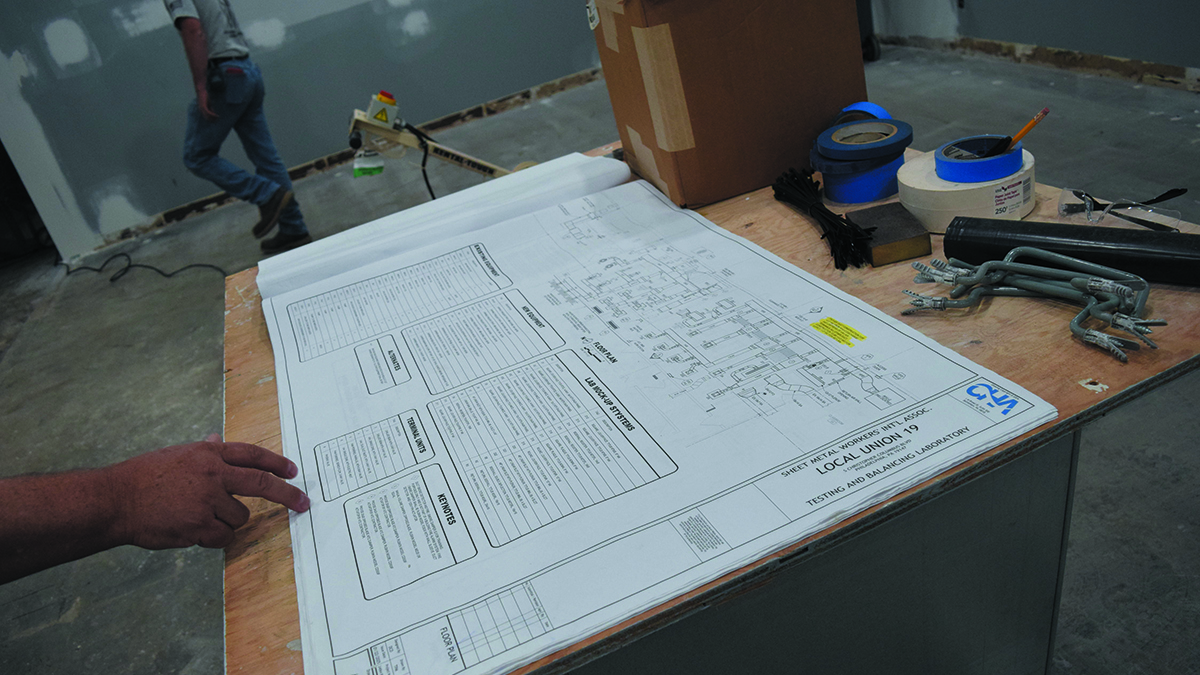 |
SMCA focuses on strengthening labor relationships, deepening member engagement and growing the next generation of leaders.
PASSING THE TORCHPreparing for generational change is where SMCA’s story becomes especially compelling. The association is deliberately cultivating younger leaders by giving them meaningful opportunities to learn and lead.
Take Ernest P. Menold of Ernest D. Menold Inc., a fourth-generation leader whose father and grandfather both served on the SMCA Board of Directors, or Jennifer Lohr of Fisher Balancing Co., who has taken on leadership roles both within her company and within SMACNA nationally. Both currently serve as local industry fund trustees and on the Joint Apprenticeship and Training Committee (JATC), where they’re gaining hands-on experience in the labor-management relationship and broader association governance.
“This isn’t just about filling seats,” Jenkins emphasizes. “It’s about making sure the next generation understands the history, the challenges and the opportunities, so they can lead with both respect and innovation.”
MEMBER-DRIVEN STRENGTH
Today, SMCA counts 33 active contractor members, a number that has remained stable despite natural turnover as some firms close and new ones join. Roughly half of those members are deeply engaged in chapter activities — a level of participation that Jenkins believes could be even higher. “Once you get a member’s foot in the door, whether through an event or committee work, they start to see the value,” he says. “And once they see it, they stay involved.”
Events are central to that value. From the annual Safety Awards dinner to industry dinners that connect contractors with engineers and vendors, SMCA provides members with opportunities to network, learn and showcase their work. Publications and social media amplify these efforts, providing contractors with exposure to both current and potential clients.
SMCA also plays a hands-on role in negotiating and interpreting collective bargaining agreements and supporting the JATC, ensuring a steady supply of skilled workers. Add to that the apprentice reimbursement program, safety training and legislative advocacy, and it’s clear why members continue to find value in the affiliation.
SMCA is relying on its current contractor members to connect association staff with individuals who they think would be good fits for committees and to increase involvement. It’s also making extra efforts to market the association to contractors, their employees and the Philadelphia market with the addition of Julie Frieswyk as SMCA’s Communications Director.
Financially, SMCA has positioned itself well by adopting a new investment strategy that has created space to launch innovative programs, such as the Education Credit Program. Strategically, SMCA is focused on strengthening labor relations, deepening member engagement and spotlighting the next generation of leaders.
“Our biggest success in recent years has been about building a foundation for the future,” Jenkins says. “That means tackling challenges head-on, expanding education and, most of all, ensuring younger leaders are ready to step up.”
As the association reflects on working with SMACNA National and other chapters, Jenkins says “one of the best things about SMACNA and its chapters is that we aren’t competitors, so someone at a local or the national level is always willing to share ideas and experiences.”
As SMCA moves forward, it’s clear this chapter isn’t just preserving a century-old legacy. It’s shaping the next one — one conversation, one leader and one project at a time.
Published: October 21, 2025
IN THIS ISSUE
A Year of Legislative Wins
How SMACNA’s Government Affairs department is advocating for members in 2025.
Big Build, Bigger Challenge
Welsch Heating and Cooling delivers energy efficiency and architectural style on one of St. Louis’s largest residential projects.
Chapter Spotlight: PHILADELPHIA - How a Century-Old Association is Forging New Leaders
SMCA is cultivating young leadership, strengthening labor ties and expanding educational programs to keep Philadelphia’s sheet metal industry strong, sustainable and future-ready.
Construction Tax Planning Under the One Big Beautiful Bill
The One Big Beautiful Bill Act (OBBBA), a sweeping 2025 tax reform package, introduces wide-ranging changes to federal tax policy. While it may appear broadly applicable across industries, its impact on construction is direct and substantial.
Driving Fabrication Innovation
Dynamic Systems thrives by delivering mechanical construction precision through advanced technologies and streamlined digital workflows.
Fifth Circuit Finds NLRB Structure Likely Unconstitutional
On Aug. 19, the U.S. Court of Appeals for the Fifth Circuit halted unfair labor practice proceedings against three employers, most notably SpaceX, before the National Labor Relations Board (NLRB).
How Do Contractors Turn Policy Into Progress?
Contractors and SMACNA staff know advocacy matters. When members get involved, our voices are heard and we shape policies that protect and grow our industry.
How Getting Involved Can Make a Big Difference
SMACNA's President discusses the importance of engaging with lawmakers and reflects on his term.
Latest SMACNA Publications
Explore SMACNA’s latest publications with insights on BIM and IP, practical resources to help contractors improve projects, protect their businesses, and stay ahead.
More Than Just Another Office Project
SMACNA member Dee Cramer was hired to perform HVAC construction on a corporate campus built to harmonize with the environment.
Shining Symbol of Strength
Copper walls by General Sheet Metal define IBEW 48’s hall.
SMACNA’s Legacy of Government Relations
SMACNA's CEO discusses the significant role government relations have always played at SMACNA and details his own interaction with our team on the Hill.
The Majority of SMACNA Members Need a CTO
It’s no secret that our industry has seen a rapid digital transformation over the past two decades. From BIM and ERP systems to robotic layout and cloud project management, today’s contractors and fabricators have access to powerful tools.
Welcome New SMACNA Members
